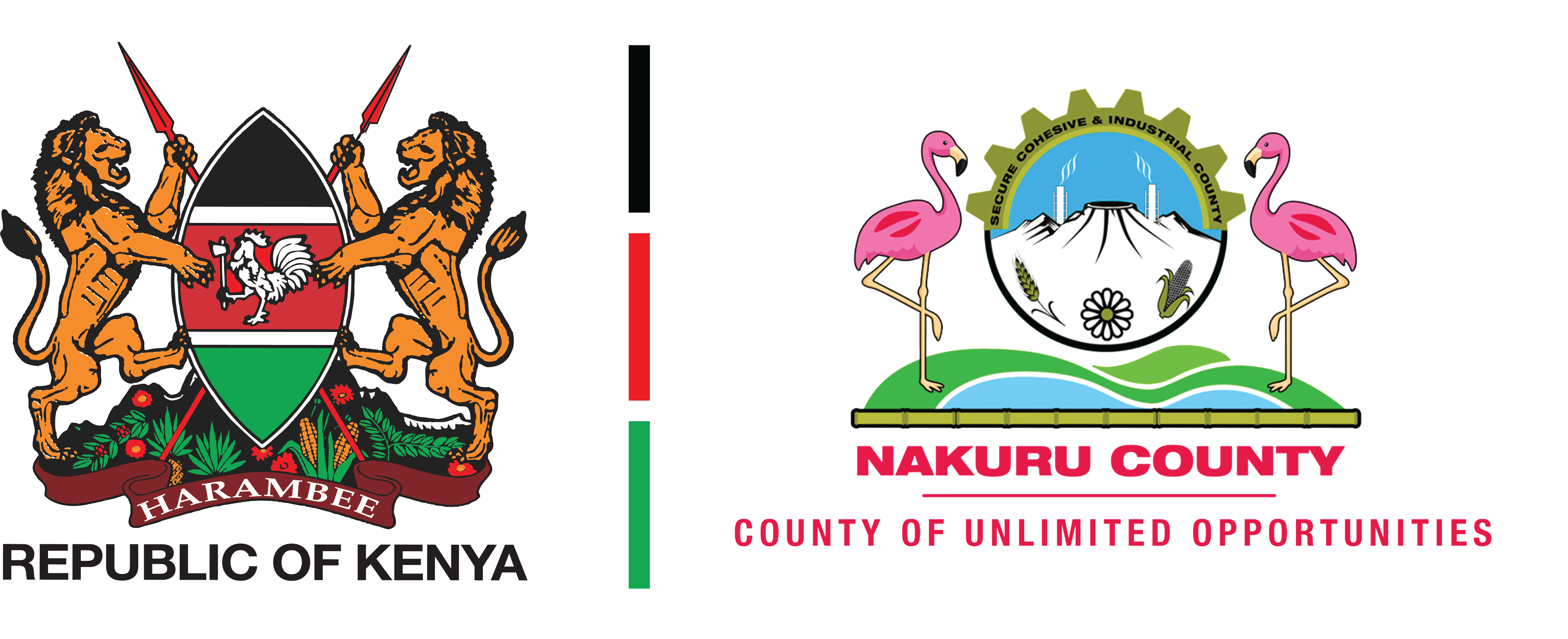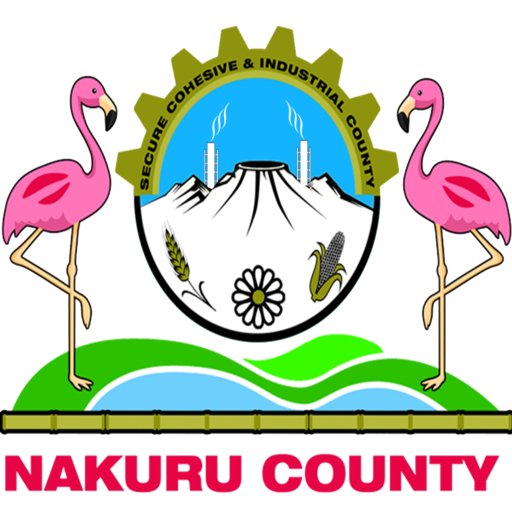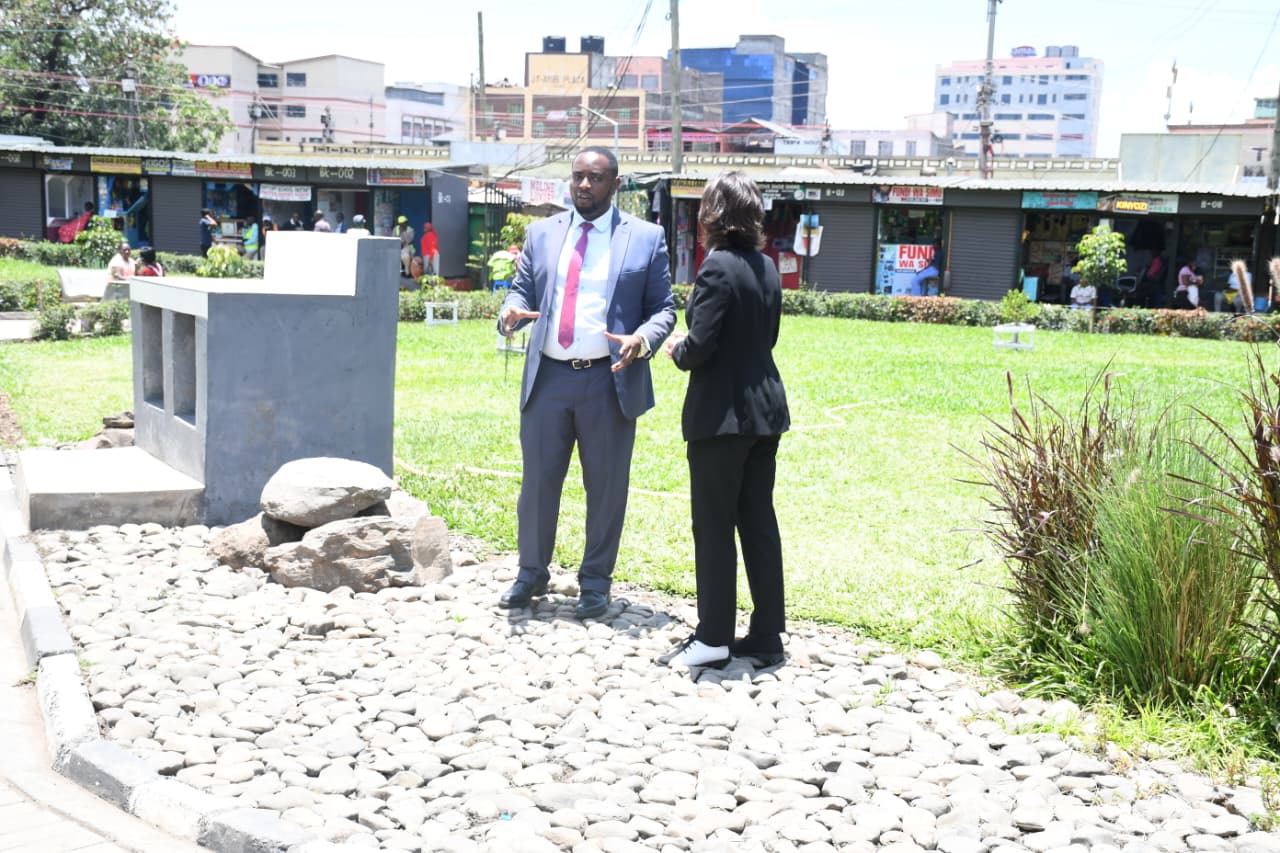Written by Elizabeth Wanjiku Benson
Nakuru City is demonstrating how Nature-based Solutions (NbS) can be applied to address the effects of climate change in urban settings. Rising temperatures, floods, and the risk of increasing water levels from Lake Nakuru remain significant hazards due to the city’s location within a basin. These challenges have driven local authorities to adopt innovative approaches to urban planning and resilience building.
A team from the Global Centre on Adaptation, working in collaboration with the World Bank, visited Nakuru City for an engagement session that included an interview with the City Manager. During the discussion, the Manager outlined ongoing initiatives under the NbS Compendium for Urban Resilience in Kenya. “If you adopt Nature-based Solutions, it will solve the challenges. By bringing stakeholders on board, we create a livable, resilient, and well-connected city,” he said.
The delegation toured several project sites to see how the city is applying NbS in practice. At the Nakuru Water and Sanitation Services Company (NAWASCO), they were introduced to the sponge city concept, which involves harvesting water for reuse in urban spaces during dry periods. They also visited Nyayo Garden and Lions Garden, both of which have been refurbished with designs that allow stormwater to percolate and reduce surface runoff. Along the highway, the team observed how tree-lined green corridors have improved mobility and non-motorised transport while also helping to manage stormwater. The rising water levels of Lake Nakuru were also pointed out as a reminder of the urgent need for sustainable urban resilience strategies.
Among the city’s flagship projects are non-motorised transport lanes within the CBD, solar-powered lighting, improved drainage systems, and the mapping of swampy areas to prevent unsafe development. These initiatives are reducing flood risks, creating safer mobility options, and ensuring that water resources are reused effectively within the city.
The Global Centre on Adaptation commended Nakuru’s efforts and noted that such projects provide practical lessons that can be replicated in other urban areas across Kenya and beyond. They highlighted the potential for continued support through partnerships, including the World Bank, to scale up these interventions.
This work is aligned with the development agenda of Governor Susan Kihika, whose manifesto emphasises resilient infrastructure, sustainable urban growth, and community involvement. By integrating NbS into city planning, Nakuru is positioning itself as a model for climate resilience, urban livability, and economic vibrancy.


